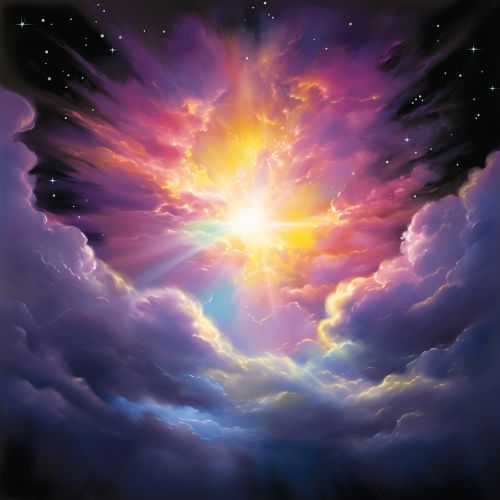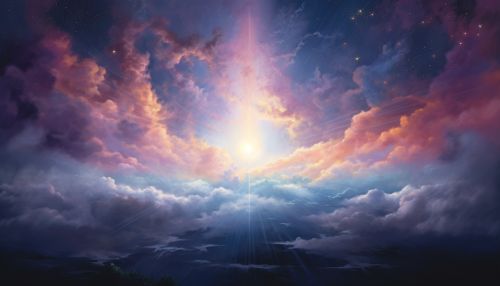Supernova
Introduction
A supernova is a powerful and luminous stellar explosion. This transient astronomical event occurs during the last evolutionary stages of a massive star or when a white dwarf is triggered into runaway nuclear fusion. The original object, called the progenitor, either collapses to a neutron star or black hole, or is completely destroyed. The peak luminosity of a supernova can be comparable to that of an entire galaxy, before fading over several weeks or months.


Formation
Supernovae are more energetic than novae. In Latin, nova means "new", referring astronomically to what appears to be a temporary new bright star. Adding the prefix "super-" distinguishes supernovae from ordinary novae, which are far less luminous. The word supernova was coined by Walter Baade and Fritz Zwicky in 1931.
Types of Supernovae
Supernovae are classified based on the presence of lines from certain elements in their spectra. The first element for division is the presence or absence of a line from hydrogen. If a supernova's spectrum contains lines of hydrogen (Balmer lines) it is classified Type II, otherwise it is Type I.
Type I Supernovae
Type I supernovae are subdivided on the basis of their spectra, with Type Ia showing a strong ionised silicon absorption line. Type Ib and Ic supernovae are distinguished by their spectra; Type Ib shows neutral helium lines but no strong silicon absorption feature, and Type Ic does not show either.
Type II Supernovae
Type II supernovae show the presence of hydrogen in their spectra. They are subclassified based on the nature of their light curves. Type II-L supernovae show a linear decrease in their light curves following the peak brightness, whereas Type II-P display a period of roughly constant brightness (a "plateau") followed by a normal decay.
Progenitor Systems
The type of supernova that occurs depends on the nature of the progenitor system. Type Ia supernovae come from binary systems (two stars orbiting one another) in which one of the stars is a white dwarf, while the other can vary from a giant star to an even smaller white dwarf.


Type Ib and Ic supernovae, however, come from massive stars that have lost their outer layers of hydrogen, and, in the case of Type Ic supernovae, helium as well. The mechanisms by which this occurs are not yet well-understood.
Type II supernovae come from isolated massive stars of type O or B that have retained their hydrogen envelopes.
Energy Source
The total energy output of a supernova may reach 10^44 joules, as much as the total output of the sun over its 10 billion year lifespan. The majority of this energy is driven by the core-collapse of a massive star, which releases gravitational potential energy. The energy is carried away by neutrinos, which are produced in great numbers by neutronisation and thermal processes.
Effects on Surrounding Space
Supernovae can have significant effects on their surrounding areas in the form of supernova remnants. These can trigger the formation of new stars. Supernovae also play a key role in distributing elements throughout the universe; elements heavier than iron are formed in the explosion.
Supernovae in History
There have been several supernovae in recorded history, the most famous of which is probably SN 1054, which created the Crab Nebula. This supernova was recorded by Chinese and Arab astronomers, and possibly also by the Anasazi Indians of New Mexico.
